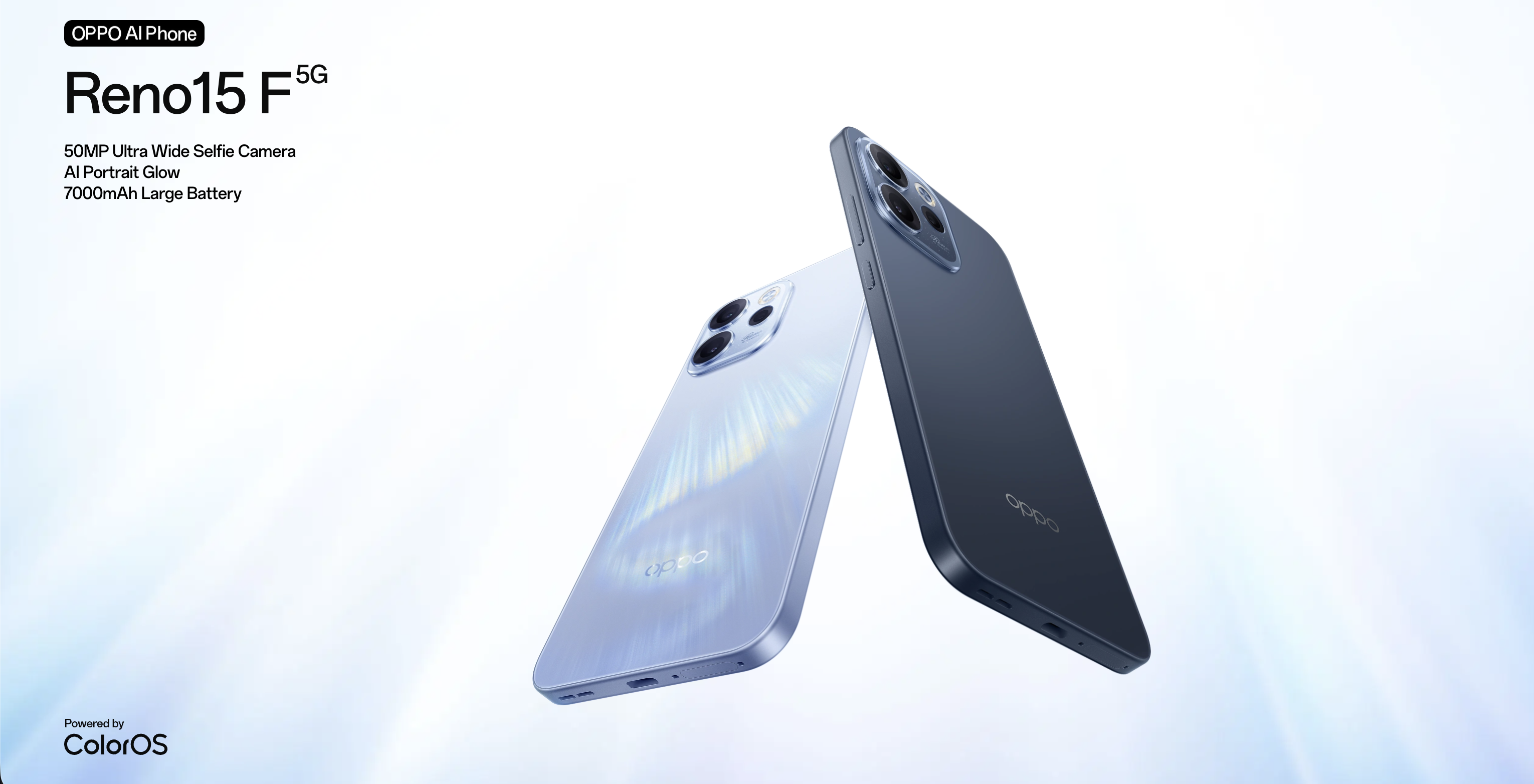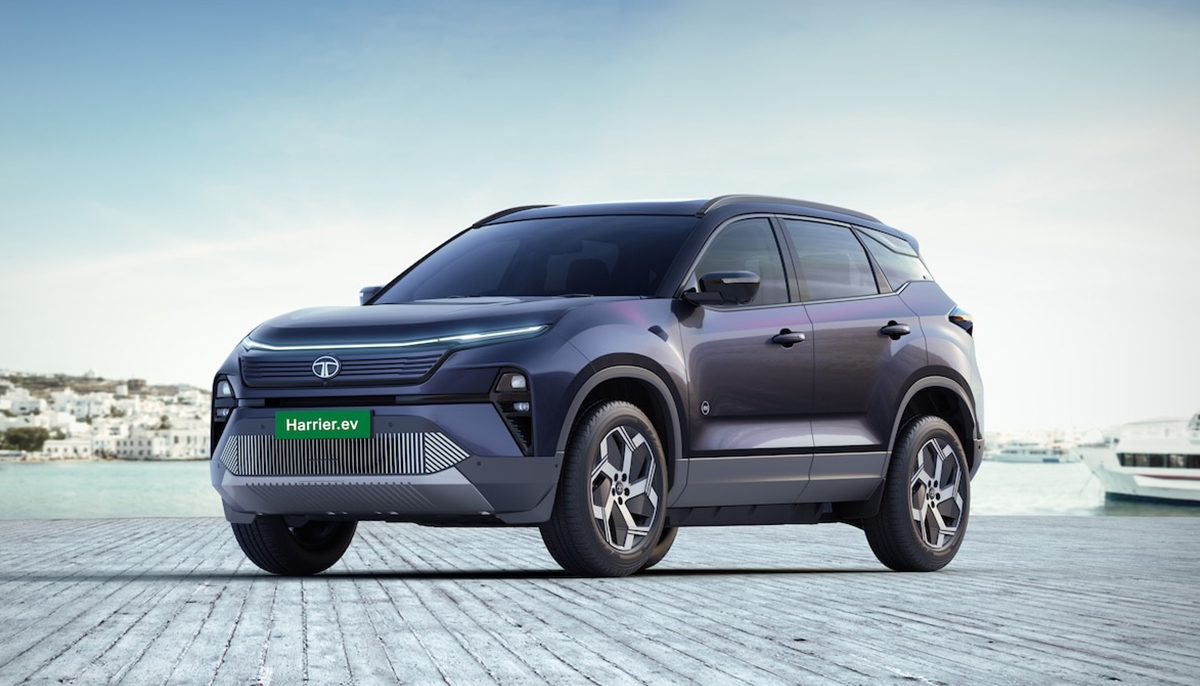Nepal Telecom had planned to commence a trial of 5G technology in the first week of January 2023 in Nepal, but the trial has been postponed by a few weeks due to the limited availability of 5G-compatible mobile phones in the country.

Nepal Telecom said that it has installed all of the necessary equipment for a trial on the 2600MHz frequency and is ready to proceed. However, the absence of a sufficient number of users with 5G-compatible mobile phones at this frequency necessitated a temporary delay.
“While the company is ready on its end, the lack of compatible devices has forced us to pause the trial temporarily,” Shobhan Adhikari, spokesperson of Nepal Telecom, told TechLekh.
What is Nepal up to?
According to a report by GSMA, there will be 1.8 billion 5G connections by 2025 and the developed part of Asia and the US will lead the way.
Governments have started deploying 5G cellular networks in their respective countries. Nepal is also in the race, and it is ready to go with the trial.
The Nepal Telecommunication Authority (NTA), the country’s telecom regulator body, received approval from the National Frequency Determining Committee to operate 5G in the country after submitting a proposal on February 1, 2021.
On November 22, 2021, the NTA granted Nepal Telecom permission to conduct a 5G trial and allotted the 2600MHz spectrum.
Min Prasad Aryal, director of NTA, shares that the technology needs to be tested for a year in different cities before it goes for commercial operation. “Nepal Telecom will carry out the trial for around one year, for free of cost,” says Aryal.
After being delayed for over a year due to various reasons, Nepal Telecom was finally set to begin its 5G technology trial following the Tihar holiday in late October 2022. However, the plan was delayed once again due to the general election.
Nepal Telecom then scheduled the 5G trial for January 2023 but suspended it once again saying there are not enough mobile phones in the country that support 5G on the 2600MHz frequency band.
The Nepal Telecommunication Authority (NTA) intends to test the 5G network in at least one location in each of the seven provinces, including Sundhara and Babarmahal in Kathmandu, Pokhara, Biratnagar, and Birgunj.
Commercial Deployment
Nepal Telecom has been granted permission by the national telecommunications regulatory body to conduct a trial of 5G technology on the 2600MHz frequency, but it has not yet obtained a license for commercial use of the technology. The use of the 2600MHz frequency is only temporary and is intended for testing purposes.
Adhikari said that India has recently begun rolling out its 5G network and is currently in the early stages of deployment. He added that by observing how India is launching its 5G network and its potential mistakes, we will have the opportunity to learn from them.
Challenges
Challenges regarding the 5G implementation are similar throughout the world. One of the major challenges is the additional infrastructure required to implement the network. Providers need to lay the groundwork for new technology and need to install new antennas and base stations.
Currently, Nepal Telecom has non-standalone architecture (NSA) for the trial purpose, which relies on existing 4G network infrastructure.
After commercial deployment, it might eventually shift to a standalone (SA) 5G network, which will have its own dedicated core (base station). While this can offer advanced 5G capabilities, improve latency, and reduce power consumption, building a completely new network from scratch can be a more time-consuming and costly process.
ICT Expert Manohar Bhattarai says that we need to identify business cases for fifth-generation technologies.“Building a network is expensive and provider and the state will get revenue only when it gets the right customer. So, doing a trial before implementation is necessary,” he shares.
There are other challenges like readiness to adopt new technology, lack of enough devices to use 5G for a commercial purpose, and its pricing.
Especially, in a country like Nepal where 4G is not affordable, commercial deployment of 5G will become extremely challenging if the concerned authorities don’t consider revising the pricing of mobile data.
Generation of wireless technology explained
G in the networks means ‘generation of wireless technology. 1G is the first generation of wireless cellular technology which is mobile telecommunications introduced in the 1980s. This technology was based on Advanced Mobile Phone System (AMPS). 1G continued till the introduction of 2G.
In 2G, phone conversations were digitally encrypted and provided the ability Short Message Service (SMS), Multimedia Message Service (MMS), and Email. The features were constantly updated throughout the decade.
3G was launched in 2001 with increased data transfer capabilities than 2G. It is believed that 3G was 4 times faster than 2G. 3G introduced users to the world of video conferencing, video streaming, and voice over internet protocol (VoIP) (for eg: skype). Many of the powerful features of Blackberry were made possible by 3G connectivity.
4G, which was first started in Sweden and Norway in 2009 as Long Term Evolution (LTE) 4G standard and is continuing to expand around the world. This technology introduced gaming services, HD videos, and HQ video conferencing. 4G offers 10 times more speed than a 3G network.
The latest of all is 5G, which is believed to lead the next digital revolution.
What makes 5G different than previous networks?
The technical advantage of the fifth generation is faster speed (10 Gbps, or around 10 times faster than 4G). Also, the latency delay between the sending and receiving information is very low, 1 millisecond, or around 50 times lower than 4G. Having low latency allows real-life interactivity for cloud services.
That is why it is believed that 5G will have a bigger impact on enterprises than on consumers. It promotes virtualization, Artificial Intelligence, Internet of Things, Cloud Computing, machine-to-machine connectivity automation, and introduces new technologies like edge computing.
The resources will create a bridge for businesses for digital transformation and create new areas which were impossible with traditional technologies.
READ NEXT: ISPAN Warns of Internet Blockage in Nepal if NEA Continues Monopoly!
-
TechLekh Awards: Best Cars of 2025 in Nepal Winners!Electric vehicles continue to dominate Nepal’s market in 2025, and Chinese manufacturers still lead the…
-
TechLekh Awards: Best Bikes of 2025 in Nepal Winners!Motorcycling in Nepal has always meant more than just getting from one place to another.…
-
OPPO Reno 15F with Snapdragon 6 Gen 1 Launching Soon In NepalHIGHLIGHTS The OPPO Reno 15F price in Nepal is expected to be around Rs. 58,999…
-
2026 Nepal-Bound Tata Harrier EV Emerges as One of India’s Top-Selling EVsHIGHLIGHTS Tata Harrier EV price in Nepal is expected to start between Rs. 65 Lakhs…















